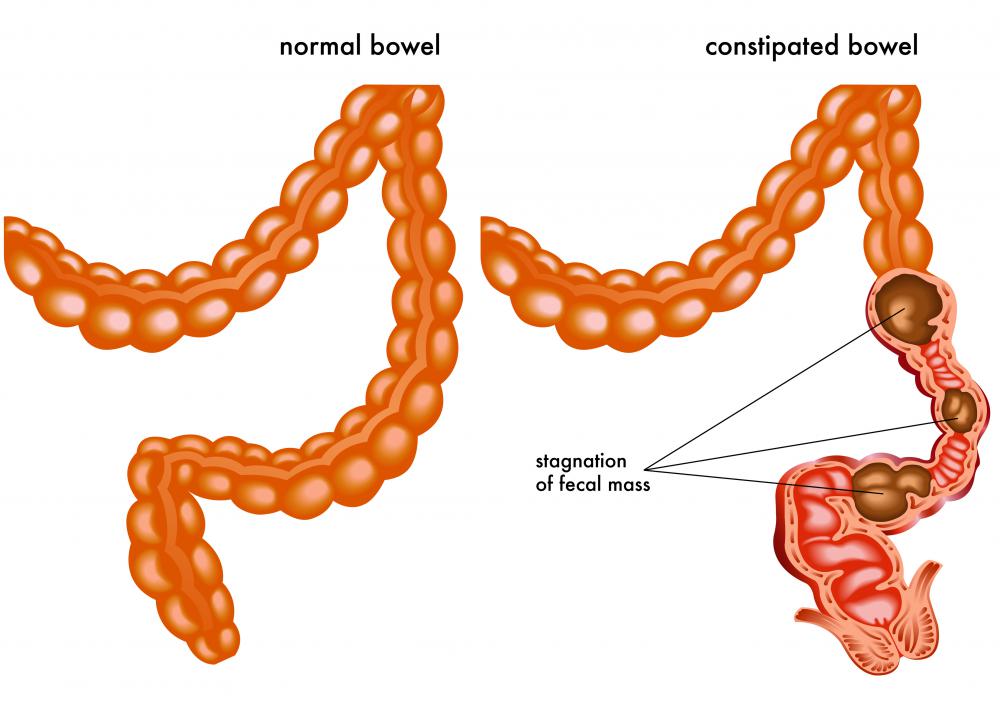At WiseGEEK, we're committed to delivering accurate, trustworthy information. Our expert-authored content is rigorously fact-checked and sourced from credible authorities. Discover how we uphold the highest standards in providing you with reliable knowledge.
What Are the Different Types of Bisacodyl Tablets?
Bisacodyl tablets may differ most in color and in the names under which the medication is sold. In other respects, these pills are markedly similar and are available in the same strengths. They also all feature an enteric coating, have comparable inactive ingredients, and are likely to be used for one purpose: to produce bowel movements. Nevertheless, the tablet form of the drug should be differentiated from the suppository version of bisacodyl or the enema solution that contains this medicine.
In appearance, bisacodyl tablets are likely to be fairly similar. They may be colored orange or yellow, and most pills feature yellow dye. Occasionally the drug is red or pink, instead.

The biggest variation in bisacodyl tablets is the names under which the medication may be sold. Bisacodyl is the generic name of the medicine, but there are over 20 brand names for the drug. There is no evidence that this medication as sold under different brand names differs in effectiveness.
Patients can easily verify that they have the appropriate medication by looking for the generic name of the drug in the list of active ingredients on the package. If there are differences in inactive ingredients, these can also be noted by comparing packages with different brand names. Customers may be able to find pills free of certain substances to which they are allergic, though inactive formulas are likely to be similar.

Aside from color, bisacodyl tablets usually look very much like each other, regardless of brand. The pills may have a slight sheen, which is caused by a special coating, called an enteric coating. This extra layer of protection allows the drug to reach the intestines without disintegrating. Coating essentially helps the medication work more effectively and prevents some stomach irritation.

Generally, the tablet form of bisacodyl is sold in one strength — 5 milligrams (mg). Depending on the doctor's directions, patients may take one to three pills. A larger dose may be appropriate when individuals use bisacodyl tablets with a solution that contains polyethylene glycol, and a variety of salts and potassium.
This solution is often recommended as part of bowel cleansing in preparation for a colonoscopy. In these cases, up to 15 mg of bisacodyl might be recommended to stimulate the bowels. On the other hand, for occasional relief of constipation that is not associated with colonoscopy, the smaller 5 mg dosage is usually preferred.

Bisacodyl is also sold in suppository and liquid enema forms. While the enema type is usually easy to distinguish from bisacodyl tablets, sometimes patients confuse the suppository and pill varieties of the drug. It can help to remember that bisacodyl tablets come in 5 mg strengths, whereas the suppository is sold in a 10 mg strength, and has a white or clear waxy appearance. Carefully reading the packaging can also be beneficial because it should have instructions on whether the drug is intended for oral or rectal use.
AS FEATURED ON:
AS FEATURED ON:
















Discuss this Article
Post your comments